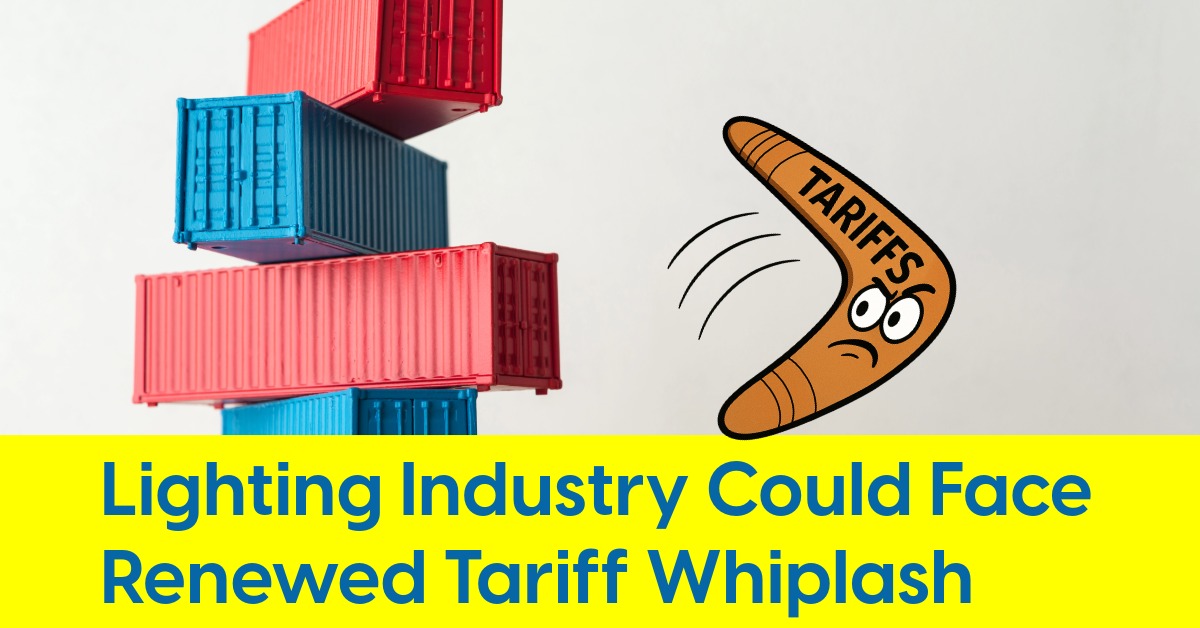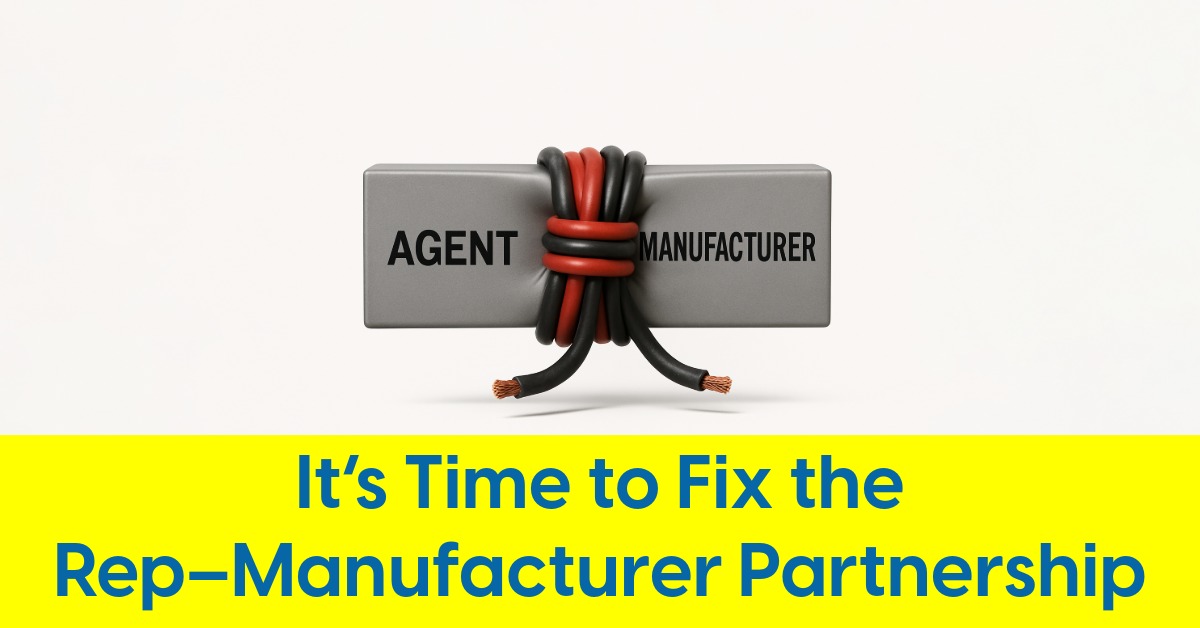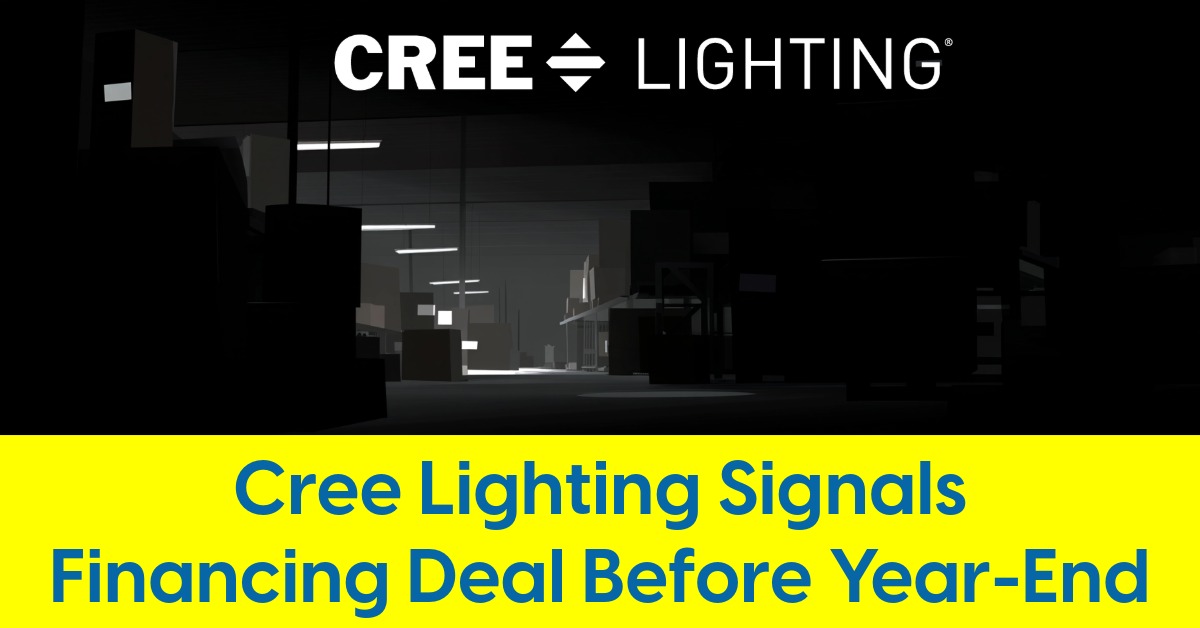November 5, 2025
Lighting Industry Could Face Renewed Tariff Whiplash

Could 2025 end as it began with volatile and unpredictable tariff policy?
By late summer, the lighting industry was beginning to exhale. After a volatile first half of 2025 — tariff spikes, retaliatory hits, and a cascade of shipping chaos — the trade front had, if not quieted, at least settled into something like predictability. Companies pivoted, some dramatically. Chinese vendors migrated operations to Vietnam, Cambodia and Malaysia. U.S. brands rerouted components through Mexico. And for the first time in a long while, sourcing strategies began to look less like reactive crisis management and more like planning.
That pause may now be over.
Last week, President Trump and Chinese President Xi Jinping announced a sprawling trade agreement that, on paper, rolls back some tariffs and lifts export controls on rare earths. The deal also included a symbolic return to the soybean diplomacy of 2020, with China pledging multimillion-ton purchases of U.S. crops. But behind the back-patting photo ops, the fine print suggests something else: a fragile situation held together by political optics and legal ambiguity.
The Real Action: Today's Supreme Court Showdown
Today, a skeptical U.S. Supreme Court is hearing oral arguments that could effectively gut the very powers Trump used to wage his tariff war.
The case challenges the president’s use of emergency authorities under the 1977 IEEPA — a statute designed to respond to “unusual and extraordinary” threats — to levy sweeping import duties. Legal scholars, former trade officials, and even the U.S. Chamber of Commerce have lined up to argue that using this mechanism to impose what now amounts to $90 billion in annual tariff revenue stretches the law past its breaking point. If the Court agrees, a whole class of “reciprocal” and fentanyl-related tariffs could be invalidated.
Lighting importers won’t find much comfort in either outcome. If Trump wins, the emergency tariffs continue. If he loses it’s expected that he will simply try again under a different statute.
According to CNBC, which deserves credit for breaking down these alternatives, the administration has at least four legal levers it can still pull:
- Section 122 of the Trade Act of 1974: Allows tariffs up to 15% without Congressional approval — for 150 days. A temporary fix, but quick to implement.
- Section 301 investigations: These require more time but offer broader authority to retaliate against unfair trade practices, particularly with China.
- Section 232: Already used to justify tariffs on steel and aluminum based on national security concerns. This could be expanded to other sectors.
- Section 338 of the 1930 Trade Act: An obscure provision allowing tariffs of up to 50% on countries that discriminate against U.S. exports. It’s never been used, but in this administration, that may not matter.
Trade lawyers warn that these approaches aren’t turnkey. Unlike IEEPA, they require formal investigations, public input, and interagency coordination.
What Comes After Predictability
The first four months of 2025 was defined by trade chaos: a 104% tariff hike, retaliations from Beijing, and a scramble to rethink sourcing. That volatility gradually gave way to a stretch of relative calm — enough, at least, for companies to recalibrate. But the new wave of deals, legal battles, and trade diplomacy may signal another shift.
No one’s freezing price lists or halting orders — not yet. But the industry is watching closely. Because after months of navigating instability, many are wondering: are we heading back into choppy waters, or just watching the tide turn one more time?









